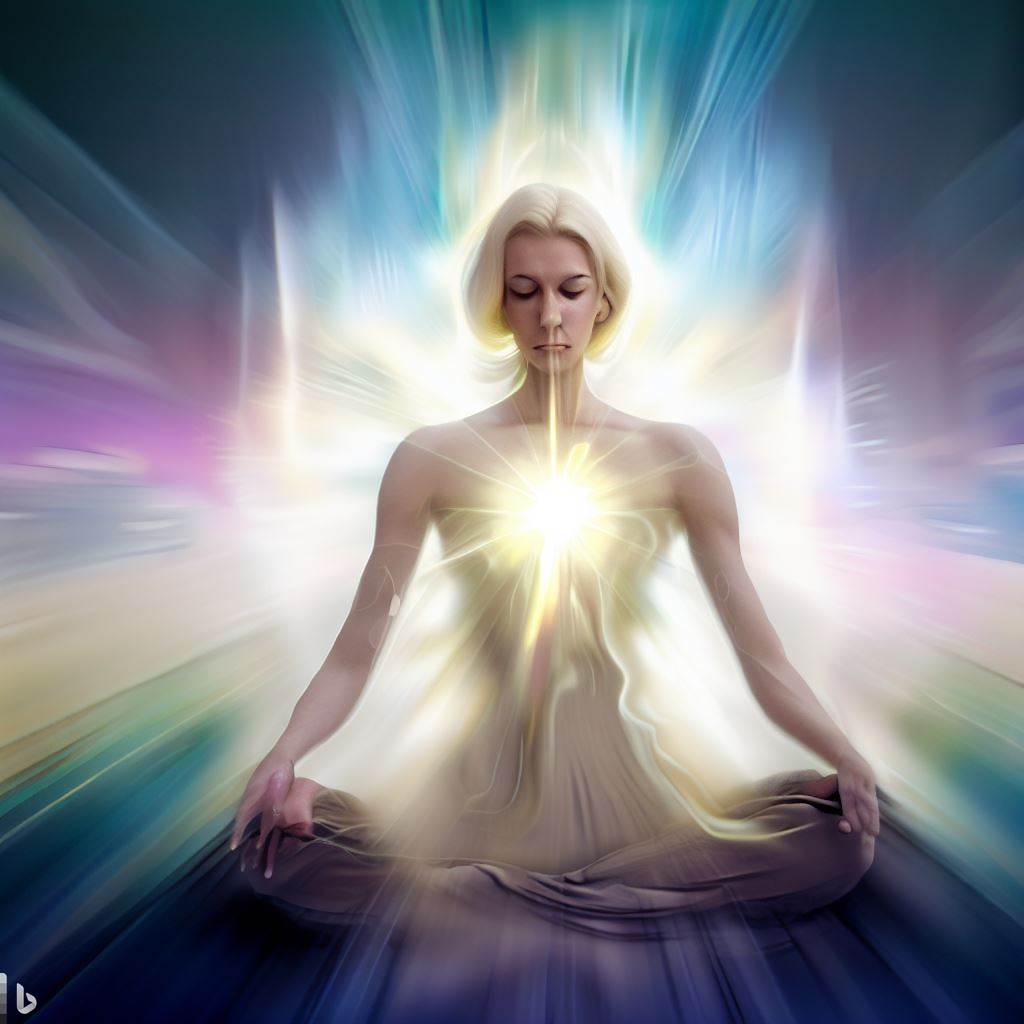
Immerse yourself in the transformative journey of spiritual awakening, a path that is just as unique as you are. You will unlock your potential, shift your perspective, and open your heart to the endless possibilities of spiritual growth and enlightenment.
Why Spiritual Awakening Matters
What is it about a spiritual awakening that could change your life? And why should it matter to you? At its core, a spiritual awakening is a radical inner transformation. It’s about shedding old patterns and embracing a new understanding of your true self. You might feel a deeper connection to the universe, to the people around you, or to a higher power. And you’ll start to notice the world in a way that perhaps you hadn’t before. It’s an exciting, sometimes challenging, but ultimately incredibly rewarding journey.
A Radical Inner Transformation
Our lives are often ruled by patterns – habits we’ve formed, routines we stick to, and thought processes we find ourselves falling back on time and time again. Spiritual awakening encourages you to break these patterns.
How to do this? Start by observing your thoughts. What patterns do you notice? Are there negative thoughts you return to often? Do you find yourself reacting the same way to certain situations or people? Once you’re aware of these patterns, you can begin to change them.
Embracing Your True Self
Once you’ve identified and started to change those patterns, the next step is to embrace your true self. This is about more than just self-acceptance – it’s about honoring and celebrating who you truly are. This may involve exploring your passions, spending time in nature, or connecting with loved ones. It’s about finding joy and fulfillment in the things that make you uniquely you.
Understanding the Universe and Your Place in It
Spiritual awakening can also bring a new understanding of the universe and your place in it. This realization can be incredibly powerful, making you feel more connected to the world around you.
A Deeper Connection to the World
As you progress on your spiritual awakening journey, you may feel a stronger connection to the world around you. You might feel a kinship with nature or a deeper empathy for others. You might begin to see the beauty in everyday things. This is the third step in your spiritual awakening.
Finding Your Place in the Universe
Understanding your place in the universe is a profound realization that can come from spiritual awakening. It’s about recognizing that you are part of something much bigger than yourself. It can bring a sense of peace and purpose.
Opening Your Heart to the Possibilities of Spiritual Growth
Once you’ve begun to understand your place in the universe, it’s time to open your heart to the possibilities of spiritual growth. This means being open to new experiences, to learning, and to change.
Being Open to New Experiences
Being open to new experiences is a vital part of spiritual growth. This could mean trying out different spiritual practices, visiting new places, or meeting new people. It’s about stepping outside your comfort zone and embracing the unfamiliar.
Learning and Changing
The final step in your spiritual awakening is to embrace the opportunity to learn and change. This could mean learning more about different spiritual traditions, exploring new ideas, or developing new habits. It also means accepting that change is a natural part of life and a vital part of spiritual growth.
The 5 Steps
Now that we have a broad understanding of what spiritual awakening is and what it entails, it’s time to delve deeper.
- Recognize and Break Old Patterns: This is about becoming aware of your thought patterns and consciously working to change them.
- Embrace Your True Self: This involves celebrating who you are and finding joy in your uniqueness.
- Connect Deeper with the World Around You: This step encourages you to feel a greater kinship with nature and empathy for others.
- Understand Your Place in the Universe: This is about recognizing that you’re part of something bigger than yourself.
- Be Open to Learning and Change: This final step is about embracing new experiences and being open to change.
FAQ’s
What does it mean to have a spiritual awakening?
A spiritual awakening is a profound inner transformation. It often involves breaking old patterns, embracing your true self, feeling a deeper connection to the universe, and opening your heart to spiritual growth.
How can I ignite my spiritual awakening?
You can ignite your spiritual awakening by following these 5 Powerful Steps: Recognize and Break Old Patterns, Embrace Your True Self, Connect Deeper with the World Around You, Understand Your Place in the Universe, and Be Open to Learning and Change.
How long does spiritual awakening take?
Spiritual awakening is a personal journey and can take different amounts of time for different people. It’s not a race, so it’s important to take the time you need to fully experience and understand each step.
Can anyone have a spiritual awakening?
Absolutely! Anyone who is open to the experience can have a spiritual awakening. It’s a deeply personal journey, but one that can bring great joy and understanding.
How will I know if I’m having a spiritual awakening?
You might notice a shift in your perspective, a deeper connection to the universe, or a new openness to change. These are all signs that you’re on the path to spiritual awakening.
What if I’m struggling with my spiritual awakening?
It’s completely normal to find the process challenging at times. Seeking support from loved ones, spiritual guides, or mental health professionals can be incredibly helpful.
Conclusion
Embarking on your spiritual awakening is a unique journey filled with self-discovery and growth. You’re well on your way to a profound inner transformation. Remember, the journey is unique to you, so embrace the process and enjoy the adventure that is self-discovery.



